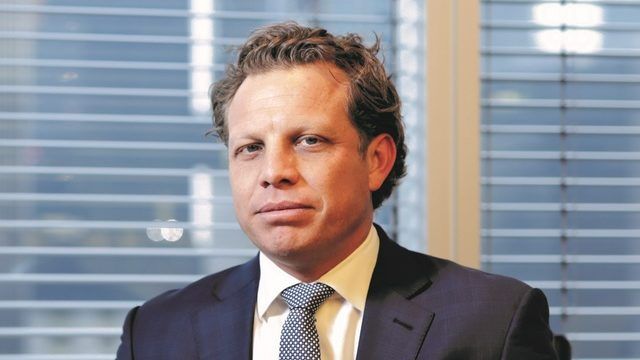Andrew Swan, Blackrock
“Corporate earnings and fundamentals remain positive at this point while valuations are attractive relative to both the historic level and to other asset classes,” Swan said at a recent media briefing in Hong Kong.
“Any improvement in sentiment should [result in] fairly strong returns to the asset class.”
“Corporate profitability was very strong last year, partly because of a weaker US dollar. This year, the growth of corporate earnings will moderate from the average of 20% in 2017. Despite a stronger dollar, we are still looking at double-digit earnings growth in the region.”
India overweight
He added that the portfolios he manages are positioned for improving economic and corporate fundamentals. In the past six months, exposure was increased to overweight Southeast Asia while shifting out of North Asia. He said the overweight is due to a robust domestic economic improvement, which provides a favourable environment for stock picking opportunities, in particular in India.
According to the fund factsheet, India is currently the biggest country overweight in one of the funds he manages, the Blackrock GF Asian Growth Leaders Fund. The fund invests 15.6% in the country versus the benchmark’s 9.36% exposure.
He noted that India’s recent economic data indicates signs of an economic recovery, including continuous growth in rural income.
“We are starting to see the green shoots in the economy in India along with the reform process and we are starting to see improvements in the economy finally after many years of disappointment.”
In terms of Asian equity sectors, Swan prefers the old economy, such as financial, materials and energy sectors.
“Profit growth has broadened out to many sectors other than technology. This is partly to do with a stronger economy but also to do with a restructuring story in some of these sectors. The stocks of the old economy sectors are cheap in valuation with good profitability.”
Traditional industrial sectors are also the major beneficiary from the ongoing industrial consolidation in many Asian countries. The industry’s effort to reduce manufacturing capacity has led to a significant pickup in their pricing power, resulting in record-high profitability, Swan said.
Moreover, due to the expensive valuations in the technology sector as a whole, he has also reduced the fund’s allocation to countries with a number of large tech players, such as Taiwan and South Korea, resulting in a relatively big discrepancy with the benchmark.
“Valuations in the technology sector are becoming stretched. We see a risk of derating the tech sector in the coming 12 months.”
China trimmed
Swan believes uncertainty over US trade policy, not just with China but several key countries, has dampened investor sentiment toward China even though corporate fundamentals remain strong.
However, he is suspicious of the real reasons behind the tariffs and tough trade talk.
“If the issue was solely about trade, we are confident that negotiation would resolve it. If, however, we are dealing with something bigger than trade, such as attempts to undermine China’s competitiveness in key areas of the ‘Made in China 2025’ plan, the implications for China’s growth and the region could be significant.
“We are watching this closely and will adjust the portfolios if necessary.”
He has reduced exposure to China equities to 36.4% last month from 37.9% of assets at the end of April on the back of China’s pledge to reduce financial risk. Although he still finds China’s economy showing signs of resilience, he noted the potential negative impact that deleveraging has on the market.
“The market has been fearful of an economic slowdown in the region in the coming 12 months amid the deleveraging process in China,” Swan said.
China’s initiative to reduce financial leverage has resulted in a “substantial deceleration in total credit growth domestically”, which historically has tended to lead to a downturn in the Chinese economy, he added.
The Blackrock GF Asian Growth Leaders Fund vs benchmark and sector


















